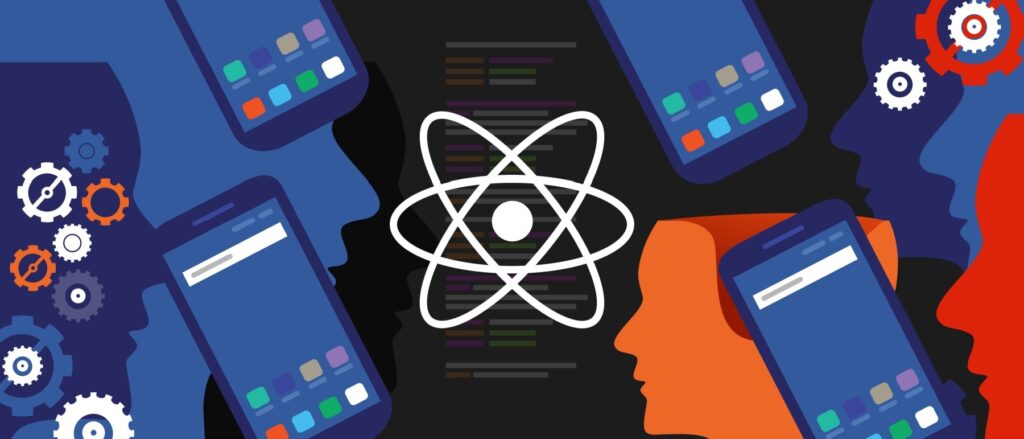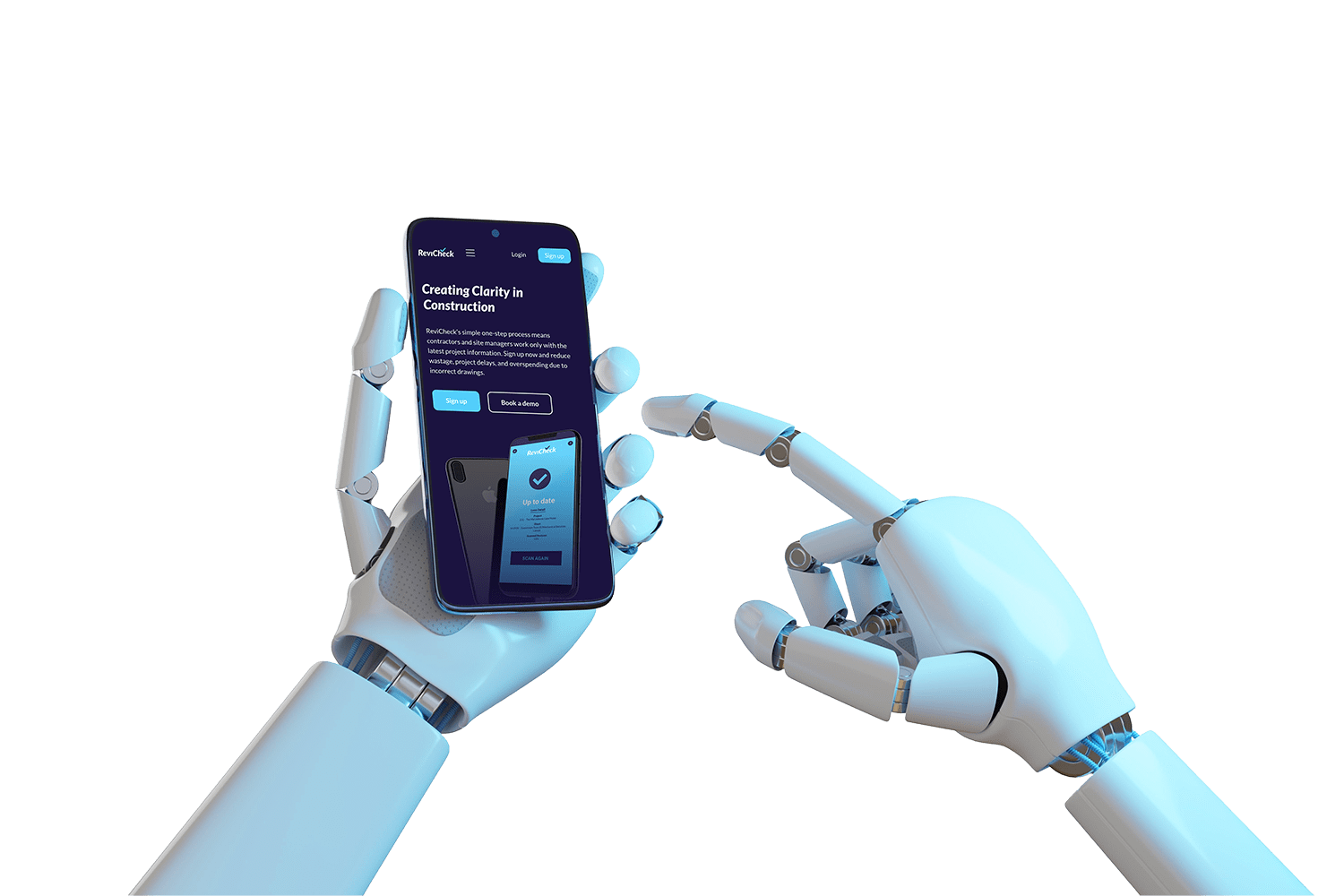In the rapidly expanding mobile app development market, businesses must create feature-rich and secure applications. They must also create apps for various operating systems like Web, Android, and iOS. Cross-platform development provides a solution that helps businesses grab a larger market share without creating separate solutions for various platforms.
According to Statista reports, mobile users will reach about 7.4 billion in 2024. The increase in mobile phone users by 5% in 5 years created the need for affordable solutions for various industrial domains. So, businesses nowadays hire cross-platform app developers to create high-performing applications.
What is a Cross Platform Mobile App?
Cross-platform development is the mobile application development service that has recently boosting the market. This helps developers create an app that can be easily accessed with any operating system without building separate solutions for each platform.

Cross-platform app development is an advanced approach that helps create feature-rich applications that work on multiple devices like Android and iOS using a single codebase. Different technologies and frameworks, including Xamarin, Flutter, Ionic, React Native, and others, can be easily used for cross-platform mobile app development.
These apps confront the challenges of creating separate apps for different platforms. According to market share data, Android holds the highest user share, with 72.25%, followed by iOS users at 27.12%. These cross-platform apps help ensure faster time to market by ensuring wider customer reach with reduced development process and cost.
Popular Cross-platform Development Frameworks
1. React Native:
React Native is an open-source framework developed by Meta. It offers a native-like performance with high-tech animations. It is used to create solutions for Android, iOS, Windows, and other platforms. Building natively rendered mobile apps for iOS and Android is possible using React Native, sometimes referred to as RN, a well-liked JavaScript mobile app framework.
Businesses can utilise React Native to write code only once and have it power both their iOS and Android applications. This results in significant time and resource savings. The framework enabled front-end developers to create solid, mobile platform-ready apps when they were previously limited to working with web-based technologies.

2. Flutter:
A framework for front-end and back-end development is called Flutter. Most Flutter developers, however, utilise it for the former purpose. This is due to the fact that Flutter makes it simple to design stunning, dynamic user interfaces. Flutter is the open-source and high-tech cross-platform app development framework developed by Google. It comes with a portable UI kit that helps in designing visually appealing mobile, desktop, and web apps with a single codebase. Building the backend from scratch is only practical in specific situations because there are so many excellent BaaS (backend-as-a-service) options that work with Flutter.
3. Xamarin:
Xamarin is the open-source programming language used for cross-platform applications. This helps create a solution for different mobile applications like iOS and Android. It also includes solutions for web and desktop applications. Xamarin utilises C# programming language and dot net framework, and it offers an integrated development environment (IDE) and numerous software development kits (SDKs). It is well-suited for enterprise-grade applications focusing on C# and .NET development, which is familiar to many corporate developers.
4. Ionic:
Ionic is the open-source app development framework with pre-built UI components to build cross-platform mobile, desktop, and web applications. It utilises HTML, JavaScript, and CSS to create feature-rich and optimised solutions. To create an app with Ionic, a developer should not be required to learn a new language, but they have knowledge of other languages and can quickly work on Ionic. Basically, Ionic uses Angular as the base to create scalable solutions.

Benefits of Cross-Platform Mobile App Development
Cross-platform application development requires extensive knowledge of programming languages effectively utilised for multi-platform apps. It is beneficial in different aspects:
Mobile App for Multiple Platforms:
The most highlighting benefit of creating cross-platform apps is that the developed solution can be seamlessly utilised from multiple platforms. This is suited for every business size, allowing it to reach a wide audience in a shorter period of time.
Reduced Development Cost:
When developing an application, it is essential to consider optimising the solution for different platforms. Cross-platform applications help developers create a single codebase for Android, iOS, and web applications, saving developers time and effort.
Consistent User Experience:
Ensure a seamless user experience across various devices when creating an app for multiple platforms. Cross-platform experts use the framework’s capabilities to create intrinsic, responsive designs with high-tech features and functionalities.
Faster Time-to-Market and Customise:
Several cross-platform frameworks, such as React Native, Ionic, or Xamarin, provide a single codebase for different platforms. These frameworks combine various pre-built features, extensions, and UI components that help boost the app’s performance and data security with custom tools. This ensures a streamlined development process and faster time to market.

Agile Development Process:
Leveraging advanced solutions and tools requires developing an application using agile methodologies. This helps optimise the development process to create a cross-platform application.
Simpler Code Maintenance & Usability:
With a single codebase, developers can easily maintain the application without creating a separate solution for different platforms. This makes application testing easy and assists in scaling applications for various operating systems.
Use Cases for Cross-Platform Development
Cross-platform app development is the best option for the ideal solution that can be easily accessible on different platforms, including mobiles, web browsers, desktops, and clothes platforms. Creating a hybrid application depends on the requirements and budget of the client. Let’s evaluate the scenarios where it becomes highlighting:
Simple Business Apps:
For developing simple and dynamic business applications where performance is not the main priority, cross-platform app development is the best option. This is especially true when the main priorities are task management software, calendar apps, or content distribution apps.

MVPs and Prototyping:
Cross-platform app development helps reduce the development cycle and validation when you need to create a digital prototype of an idea and create a Minimal Viable Product (MVP) to test the market.
Content-Centric Apps:
Because they rely less on intricate device-specific capabilities, apps that primarily show content, such as news readers or e-commerce platforms, can benefit from cross-platform development.
Start-ups and Small Businesses:
For organisations with limited resources and capabilities, cross-platform app development is the best option for creating a feature-rich app. It is also the most affordable option for entering the ever-changing mobile app development market and targeting a broad audience.
The Drawbacks of Developing Cross-Platform Apps
Although cross-platform programming offers several advantages, there are drawbacks as well. Let’s understand the most highlighting drawbacks of Cross-platform app development:
- Losing Aesthetic Appeal and User Experience
Cross-platform frameworks allow you to create applications for different platforms using the same code, but they do not allow you to utilise the same components again. The UI features and design principles of different operating systems vary. Therefore, your application won’t seem precisely the same across them.
It’s important to note that each operating system has its own design conventions; don’t let this dissuade you from creating an app that looks consistent across platforms, though.
- Might Be More Difficult to Maintain Over Time
Choosing to develop your app with a cross-platform framework can be difficult to maintain over time. When you switch to a new operating system, you must decide how to update the code so that it works with the newest version. This may be difficult for several reasons. For example, you’ll have to update your code every time a new version of Android or iOS is released. You’ll also have to think about how long it takes for these updates to appear on individual devices. It’s crucial to remember that every operating system has unique design guidelines. Despite this, you shouldn’t allow it to stop you from developing a cross-platform application.
Conclusion
With an expert development company, any business can easily boost its business and create feature-rich and optimised solutions. These solutions can be easily accessible on different platforms with a single codebase. Cross-platform developers can use their knowledge to create visually appealing solutions by adopting the programming language they are familiar with.
If you’re looking for expert development and to expand your business’ reach, we’d love to hear from you. Get in touch here and let’s get the ball rolling on your project.
Written by Bhavesh Parekh, Director of X-byte Enterprise Solution




